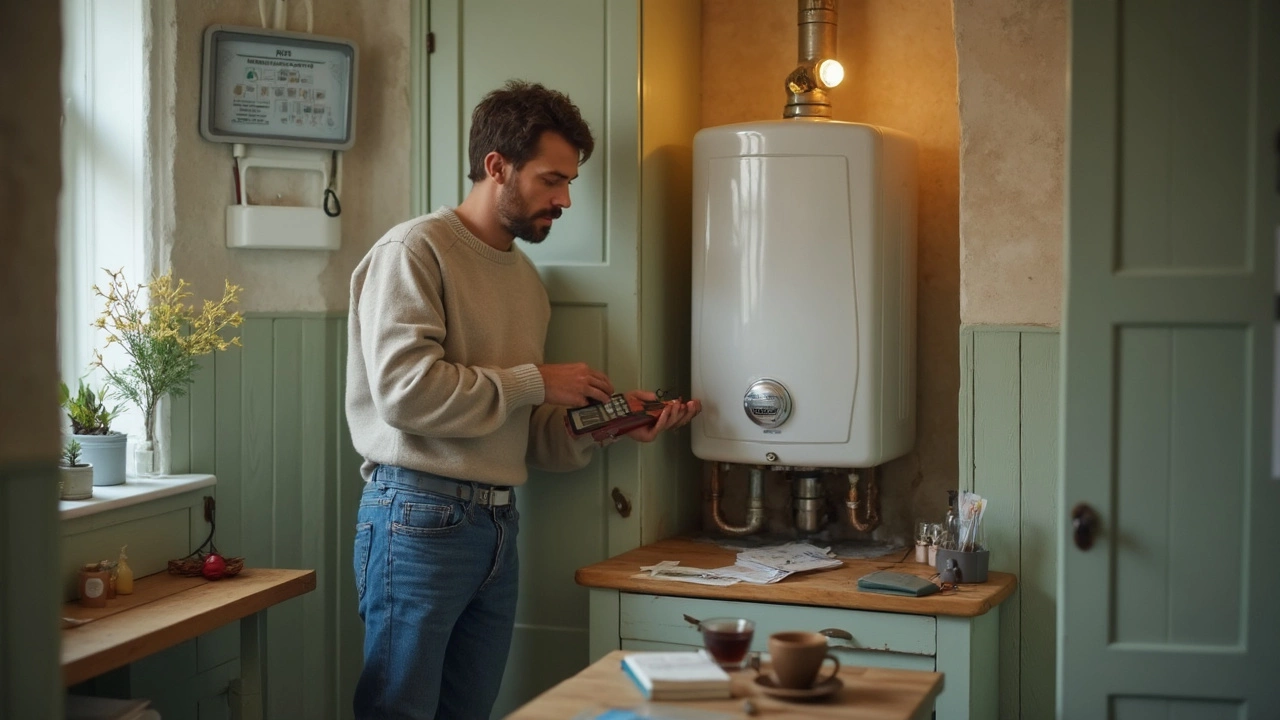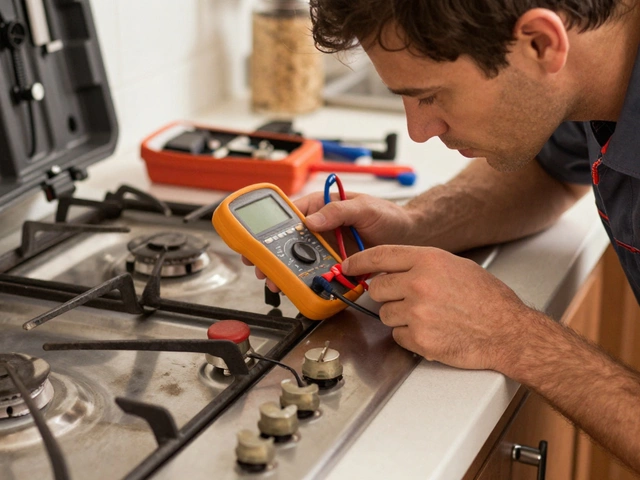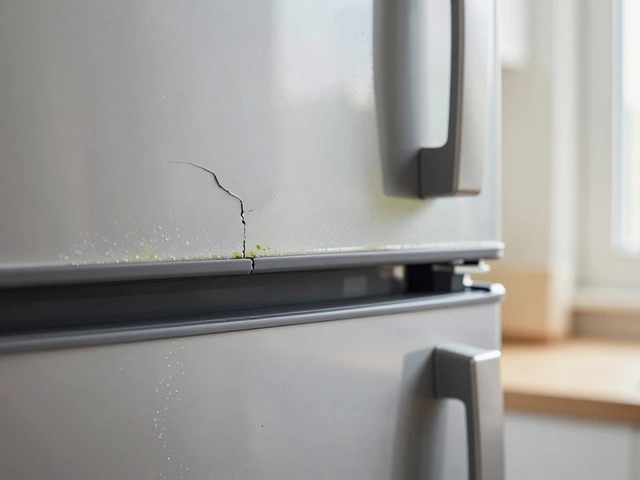Tripping Breaker – Why It Happens and How to Fix It
When dealing with tripping breaker, a safety device that shuts off power the moment a fault is detected. Also known as circuit breaker trips, it protects home wiring and appliances from damage caused by overload or short circuits. Circuit breaker is the broader hardware that houses the tripping mechanism, while electrical overload describes the condition that forces the device to act. Home wiring provides the pathway for electricity, and any flaw in that pathway can trigger a trip. In short, a tripping breaker signals that something in the electrical system is demanding more current than the circuit safely allows, and it serves as the first line of defense against fires and equipment failure.
Common Triggers and What They Mean for Your Appliances
Most homeowners first notice a breaker flipping when a high‑power appliance kicks on – think a dryer, electric oven, or even a powerful fridge. That surge often creates an overload that exceeds the breaker’s rating, so the breaker trips to keep the wiring safe. A second frequent cause is a short circuit inside the appliance itself; a damaged heating element or a frayed cord can create a direct path for electricity, instantly triggering the breaker.Faulty wiring in walls or outdated circuits can also be the culprit, especially in older homes where the insulation may have degraded. Each of these scenarios points back to the same principle: the breaker is doing its job, but the underlying issue needs fixing to stop the cycle of trips.
Diagnosing the root cause starts with a simple checklist. First, turn off all appliances on the affected circuit, then reset the breaker. If it stays on, plug devices back in one at a time – the one that makes the breaker pop is the likely offender. If the breaker trips even with nothing plugged in, you’re probably looking at a wiring problem or a faulty breaker itself. In Warwick, many residents overlook the importance of regular maintenance; a quick visual inspection of outlet signs, checking for scorch marks, or listening for buzzing noises can reveal hidden hazards early. When you spot signs of wear, it’s wise to call a qualified technician who can test the circuit’s amperage draw, replace a compromised breaker, or rewire sections that no longer meet safety standards.
Beyond troubleshooting, there are proactive steps to keep your breaker from tripping in the future. Spread high‑draw appliances across different circuits, avoid using multiple power‑hungry devices on the same outlet strip, and consider upgrading to a higher‑capacity breaker if your home’s electrical demand has grown since the original installation. For appliances that frequently cause trips – like an older oven or a malfunctioning fridge – regular service can replace worn components before they short out. Our Warwick team specializes in pinpointing the exact fault, whether it’s a failing heating element, a loose connection, or a breaker that has simply worn out over years of use. By addressing the cause instead of just resetting the breaker, you protect both your home’s wiring and the lifespan of your appliances.
Below you’ll find a curated collection of guides that walk you through everything from spotting the first signs of a tripping breaker to safely repairing the appliances that most often cause it. Whether you’re a DIY enthusiast or prefer to hand the job to a pro, these articles give you the context and actionable steps you need to keep the lights on and the breaker from flipping.
A water heater that keeps tripping can make any day a hassle, and it often means something isn't right inside the tank or wiring. This article shows you the most common reasons your water heater keeps shutting off plus clear, step-by-step solutions you can try before calling a pro. You'll get smart troubleshooting tips, simple tools you'll need, and pro pointers to avoid costly mistakes. After reading, you'll know what to check, how to fix it, and when to stop and call for help. Save time, money, and a ton of frustration.


